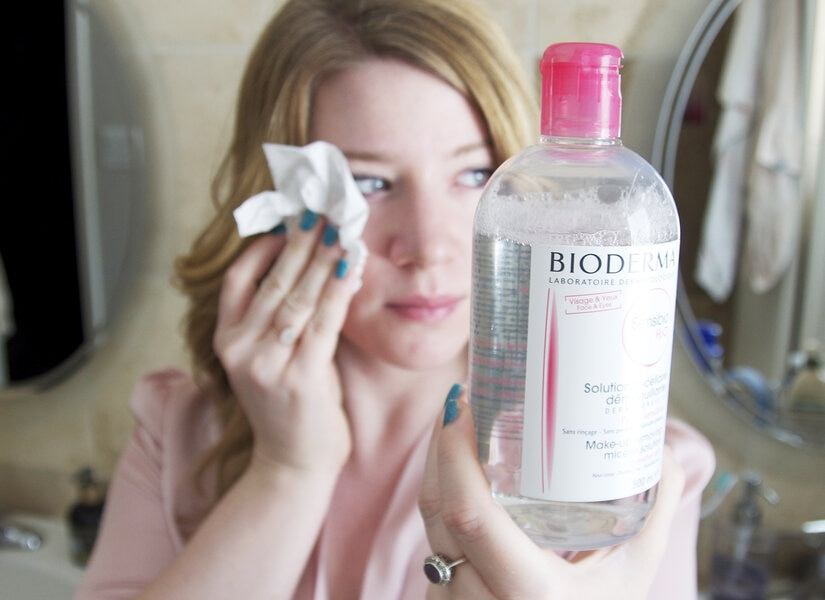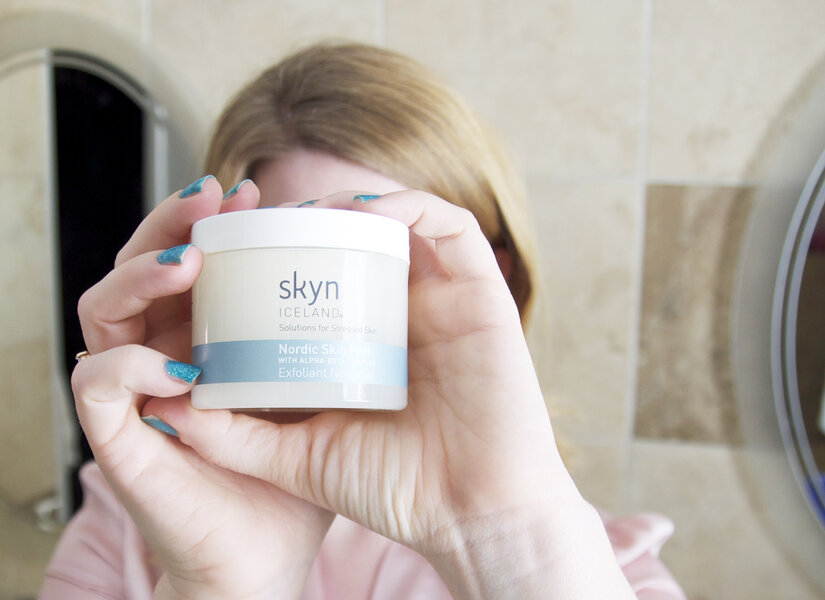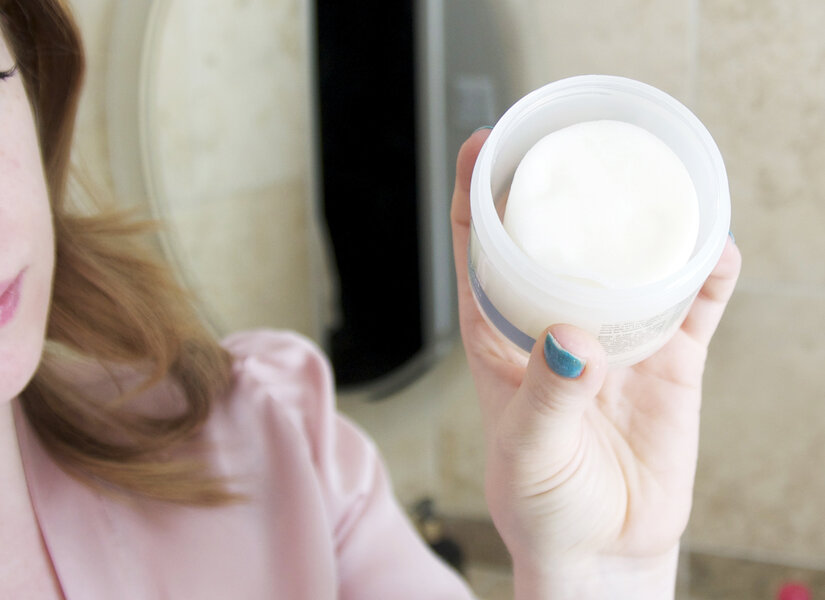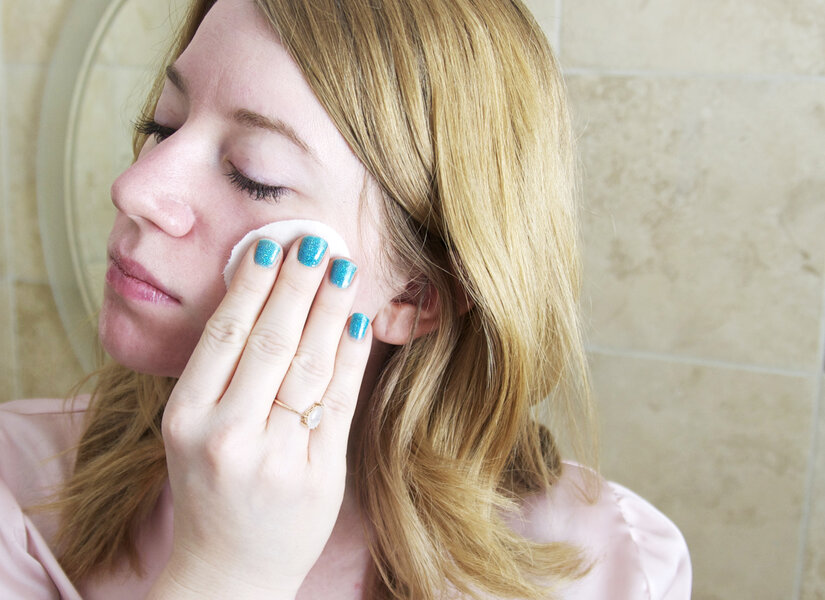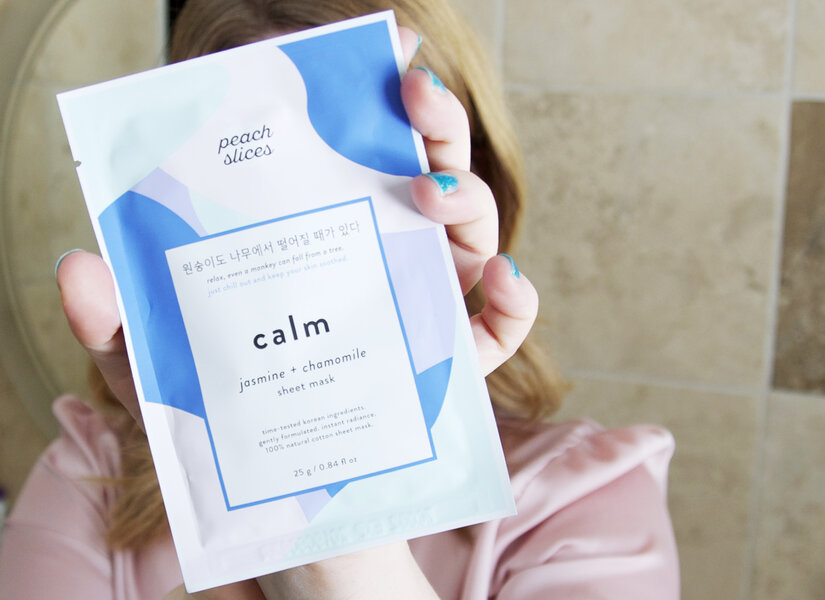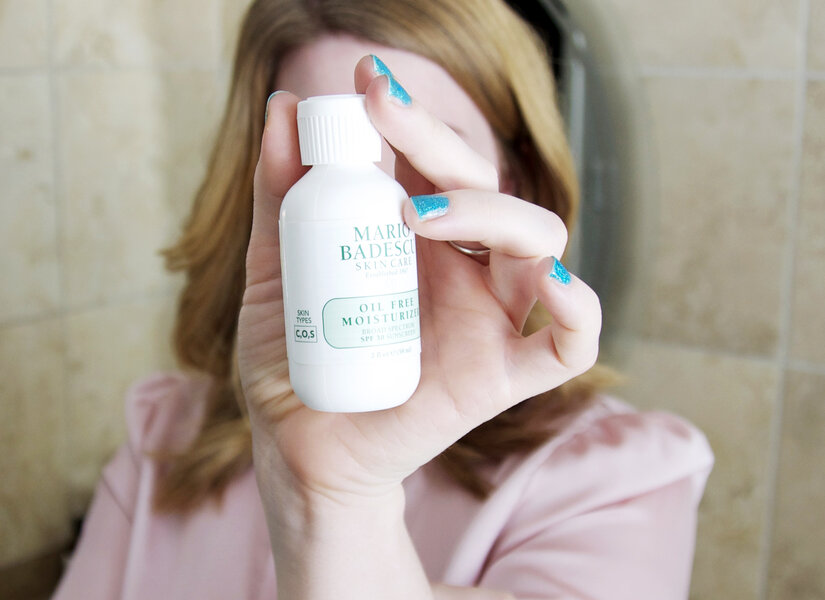
Create a free profile to get unlimited access to exclusive videos, sweepstakes, and more!
Are At-Home Chemical Peels Safe?
A dermatologist weighs in.

If we’re being completely honest, the words “skin” and “peel” don’t exactly go well together—especially when talking about faces. The thought of your epidermis peeling away after applying a product sounds more frightening than it does satisfying, but the truth is that a regular peel can make for a beautiful, radiant complexion.
In case you’re unfamiliar: “A peel is a way to exfoliate your skin chemically, without abrasion, to even out a dull skin tone, fade out discoloration, unclog pores, reduce fine lines and give your skin a glow,” said Dr. Kally Papantoniou, a cosmetic and medical dermatologist.
Because applying chemicals to your face is kind of intimidating, most of us schedule an appointment at the spa to have this procedure done. There, we can relax amid steam and calming music while an experienced esthetician applies the thick, chemical goop onto our face. Even when the product causes a slight tingling sensation, it’s easy to remain calm since you know you’re in good hands.
Self-administering a peel at home, though? Many opt to stay far, far away. But here's the thing: at-home peels are totally a thing, and even dermatologists, including Dr. Papantoniou, recommend them.
“The chemical peels that you would get at a spa or medical office are going to be stronger, and this is best left to the professionals since a stronger peel can have side effects such as scarring or blisters when being used by an untrained individual,” she said. “However, the peels that you can purchase to use at home are extremely helpful, and if used regularly can provide similar results to a stronger professional peel. If done properly, you will have a glow and even out your skin tone. Also, your other serums and creams will essentially work better because the skin can absorb the products better.”
At-home peels are typically made with fruit acids, such as glycolic acid, lactic acid, retinol, or salicylic acid. When using them, it is incredibly important to read the directions, as some are approved for daily use while others should only be used once a week.
Understanding the product before you apply with ensure you won’t do damage to your skin. It’s also a good idea to patch test on the side of your neck and wait a day to see if you have any reaction.
How To
In addition to reading the directions, there are some additional steps you can take to make sure your skin stays healthy and happy before, during, and after your peel.
“Gently cleanse your face before doing a peel, which will give better results,” said Dr. Papantoniou. Also, avoid abrasive cleaners and physical exfoliants, which will only irritate your skin. I like to cleanse with Bioderma Micellar Water, which happens to be the top-selling micellar water in France and is easily the most gentle cleanser I’ve ever used.
On cleansed skin, apply your peel. I’m using Skyn Iceland Nordic Skin Peel, which is made with lactic acid, alpha hydroxy acid, and papaya extract.
“I love chemical peels that come in a pad form,” noted Dr. Papantoniou. “I find they are easy to use and will provide an even treatment layer. With a gel you may not get a nice, even layer.”
Afterward, you can apply a calming mask or cream to soothe the skin. This is a prime time to apply serums, too, because the skin is extra receptive to absorbing ingredients. I'm using a $3 sheet mask from Peach Slices.
Finally, "Use extra caution through summer months," said Dr. Papantoniou. "Chemical peels can make your skin more vulnerable and may burn more easily, so use sunscreen daily."
Behold: a cleansed, peeled, hydrated, SPF-ed face!
